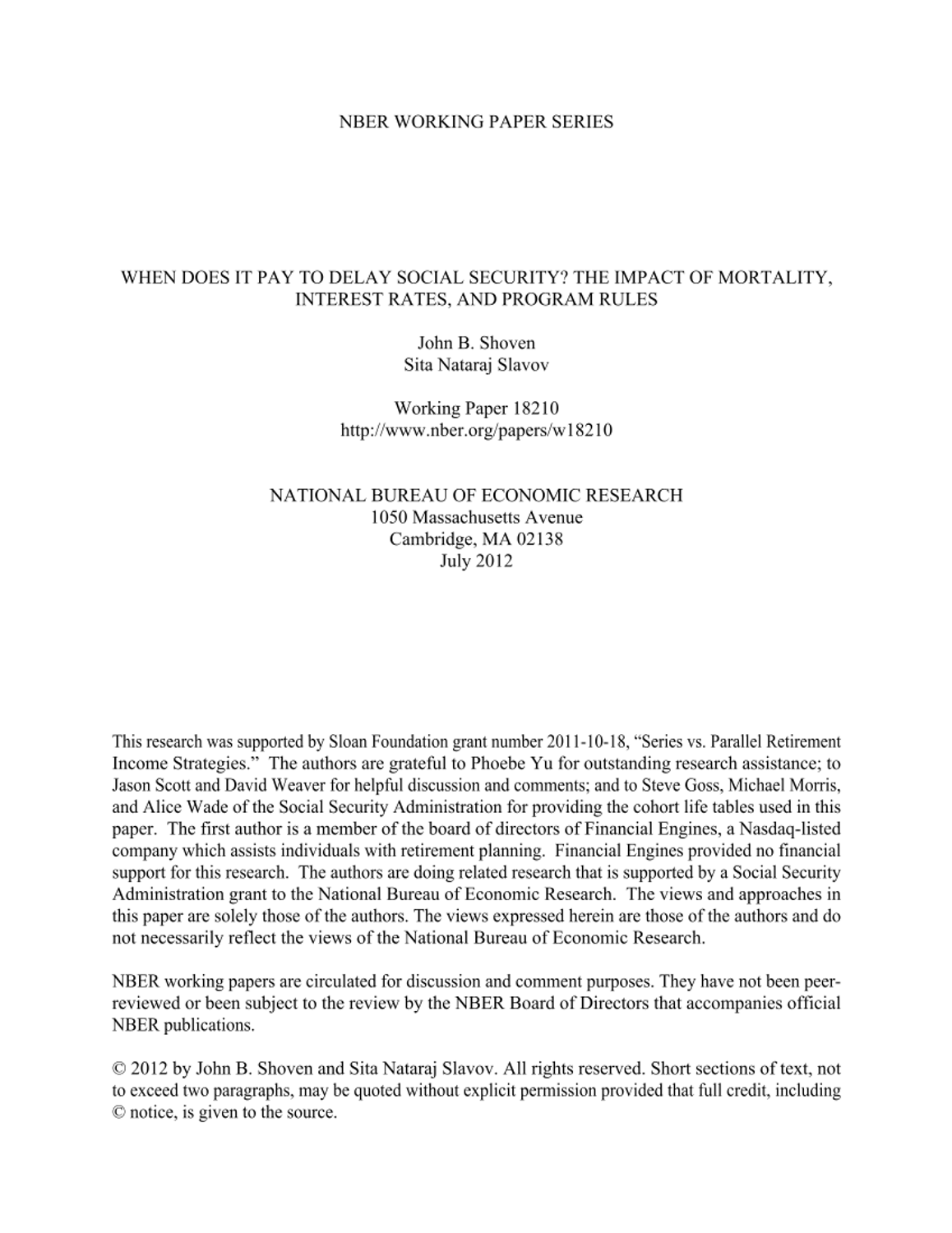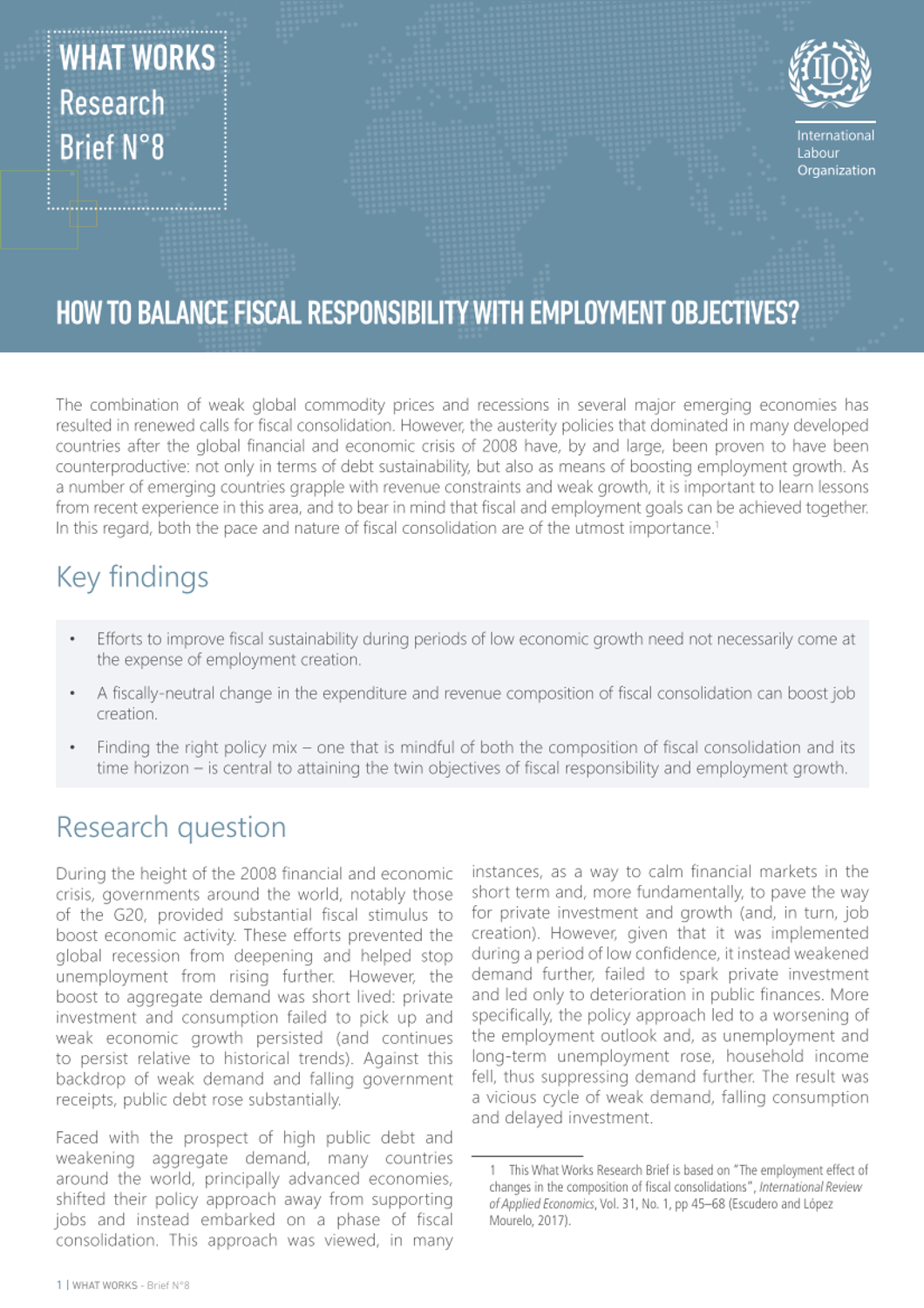
단행본
Closing the coverage gap: the role of social pension and other retirement imcome transfers
- 저자
- Holzmann, Robert, David A. Robalino, Noriyuki Takayama, Robalino, David A., Robert Holzmann, Takayama, Noriyuki
- 청구기호
- 331.252 CLO2009
- 발행사항
- Washington, DC : World Bank, 2009
- 형태사항
- 225 p
- 서지주기
- Includes bibliographical references and index
- 일반주기
- Noriyuki Takayama 기증
- ISBN
- 9780821379714
- 분류기호
- 듀이십진분류법->331.252
소장정보
| 위치 | 등록번호 | 청구기호 / 출력 | 상태 | 반납예정일 |
|---|---|---|---|---|
이용 가능 (1) | ||||
| 한국노동연구원 | 00006830 | 대출가능 | - | |
이용 가능 (1)
- 등록번호
- 00006830
- 상태/반납예정일
- 대출가능
- -
- 위치/청구기호(출력)
- 한국노동연구원
책 소개
The book has four specific objectives: (a) to discuss the role of retirement income transfers in the context of a strategy for expanding old- age income security and preventing poverty among the elderly; (b) to take stock of international experience with the design and implementation of these programs; (c) to identify key policy issues that need to receive attention during the design and implementation phases; and (d) to offer some preliminary policy recommendations and propose next steps. The chapter one discusses the rationale for retirement income transfers. The main justifications are the limited coverage of the mandatory pension systems (chapter two) and the risk of poverty during old age (chapter three). Chapter four then examines the rights, based approach to expansion of social security coverage based on the conventions and recommendations of the International Labor Organization (ILO). The middle part of the book deals with international experience. Chapters five, six, and seven reviews selected programs in low-income, middle-income, and high-income countries, respectively, and chapters eight and nine discuss in greater depth the cases of Japan and the Republic of Korea. The five concluding chapters are concerned with policy issues as related to design. Chapter ten presents a typology of retirement income transfers and analyzes the potential economic impacts of the programs. Chapter eleven deals with financing mechanisms and the problem of allocative efficiency, given limited resources. Chapter twelve addresses two key issues related to institutional arrangements and targeting systems: Should countries consider separate programs to target the elderly poor instead of using the general social assistance system to target all poor? And, how can current proxy means-test systems be adapted to target the elderly poor? Chapter thirteen explores in more detail the links between social pensions and matching contributions in the context of a general strategy for expanding coverage. Finally, chapter fourteen provides guidelines for the design of the administrative systems needed to operationalize the various programs. The remainder of this overview summarizes the main messages from the subsequent chapters and outlines an agenda for future research and policy analysis. For clarity, it starts by presenting some definitions pertinent to the retirement income transfers discussed in the book.
목차
Preface and Acknowledgments
Contributors
1. Overview and Preliminary Policy Guidance
2. Measuring the Coverage Gap
3. Pensions and Old-Age Poverty
4. Rights-Based Approach to Social Security Coverage Expansion
5. Social Pensions in Low-Income Countries
6. Social Pensions in Four Middle-Income Countries
7. Social Pensions in High-Income Countries
8. Pension Coverage in Japan
9. The Role of Social Pensions in the Republic of Korea
10. Incentive Effects of Retirement Income Transfers
11.Financing Social Pensions
12. Defining Eligibility for Social Pensions : A view from a social assistance Perspective
13. Matching defined contributions: a way to increase pension coverage
14. Administration of social pension programs
index





